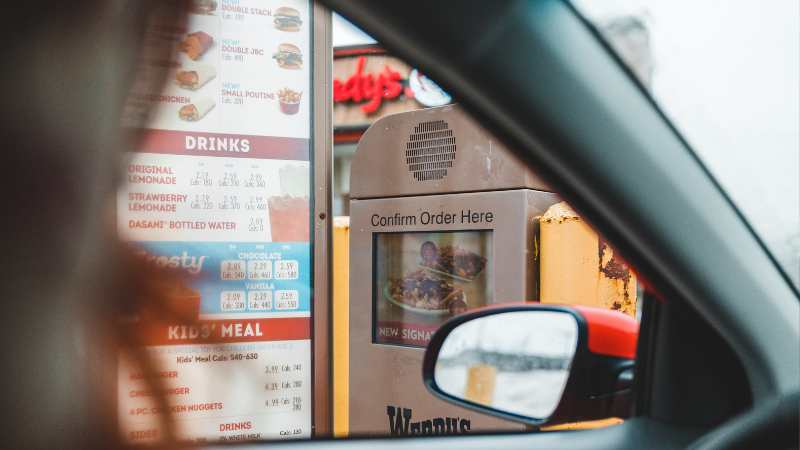(SQAUK) — In the good old days, grabbing a burger and fries from your favorite fast food joint was a cheap and cheerful way to fill your stomach. But now, as inflation soars to unprecedented heights, that quick meal might cost you more than you bargained for. Have you noticed the creeping prices? The fast food we once relied on for affordability is becoming a luxury for many. Let’s delve into the startling reality of fast food prices from decades past to today and see just how much inflation has super-sized the cost of convenience.
Remember the 1970s and 1980s, when fast food symbolized affordability? A McDonald’s hamburger was a mere 15 cents in the 1960s, and even by the late 1980s, a burger, fries, and a drink could be yours for under $3. A Big Mac in the early 2000s was a steal at $2.39. These prices made fast food a staple for families, students, and anyone seeking a quick, pocket-friendly meal. But today, the picture is starkly different.
Fast forward to 2024, and the picture is drastically different. The average price of a Big Mac in the United States has ballooned to around $5.58. Combo meals that once cost a few bucks now push the $10 mark or even higher in specific locations. Let’s compare some numbers to illustrate this alarming trend:
- McDonald’s Big Mac:
- 1980s: $1.60
- 2024: $5.58
- Burger King Whopper:
- 1980s: $1.20
- 2024: $6.49
- Wendy’s Classic Single:
- 1980s: $1.19
- 2024: $6.19
This significant price hike isn’t just a matter of adjusting for inflation; it’s a stark reminder of how much more we’re shelling out for what was once a staple of the American diet. Inflation has seeped into every aspect of the economy. However, its effect on fast food is particularly jarring due to the industry’s historical role as a refuge for the budget-conscious consumer.
Several factors contribute to this surge in prices. Due to climate change and supply chain disruptions, rising costs for ingredients, such as beef and potatoes, have all played their part. Increased wages, driven by labor market dynamics and the push for fair pay, have also added to the cost. The COVID-19 pandemic exacerbated these issues, leading to higher operational costs that are inevitably passed on to the consumer. The demand for higher-quality and more sustainable ingredients has also driven prices up as consumers push for healthier options.
If the current trajectory continues, fast food may no longer be the affordable, accessible option it once was. What was once a weekly indulgence could become a rare treat for many families. The convenience of fast food, long touted as an affordable solution for busy lifestyles, is now teetering on the edge of an affordability crisis.
The next time you find yourself at the drive-thru, take a moment to consider the actual cost of that meal. Fast food might still be quick, but it’s no longer the inexpensive option it used to be. As inflation persists, so will the prices, pushing fast food further out of reach for the average consumer. What was once a simple pleasure is now a stark reminder of the changing economic landscape. Are we prepared for a future where fast food is a luxury? Only time will tell, but one thing is sure: the days of the 15-cent hamburger are long gone. Take action today by exploring affordable, healthy meal options and understanding the factors driving fast food prices.



